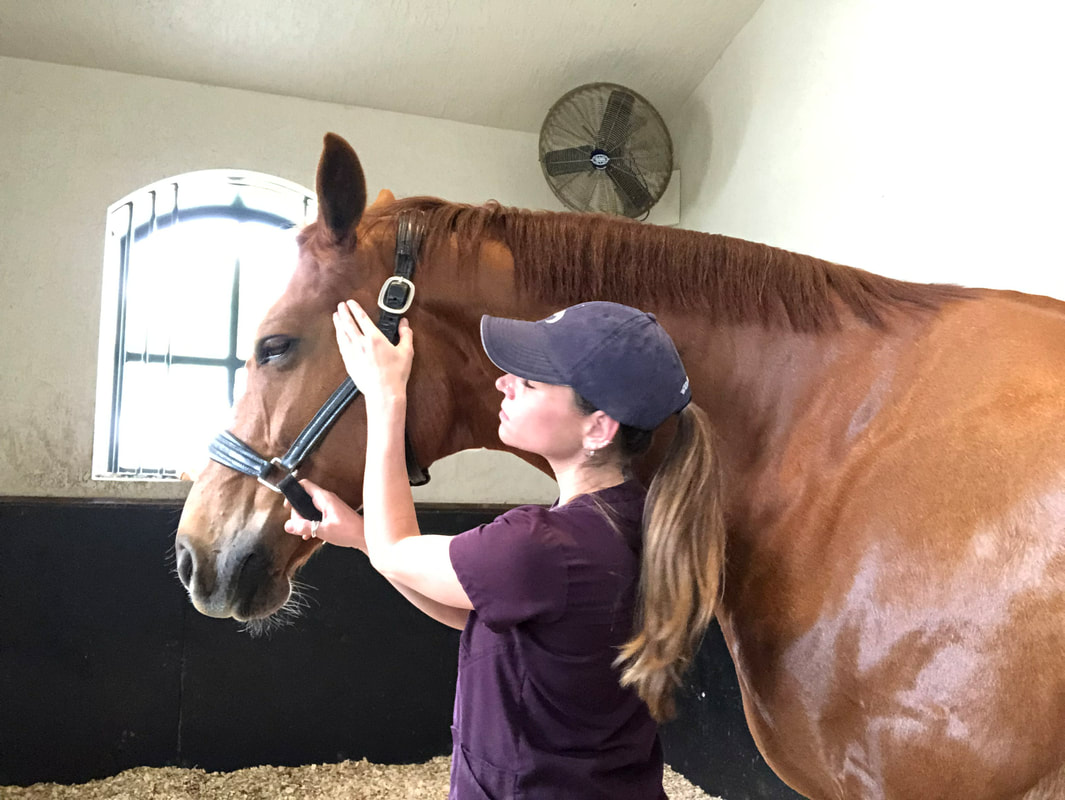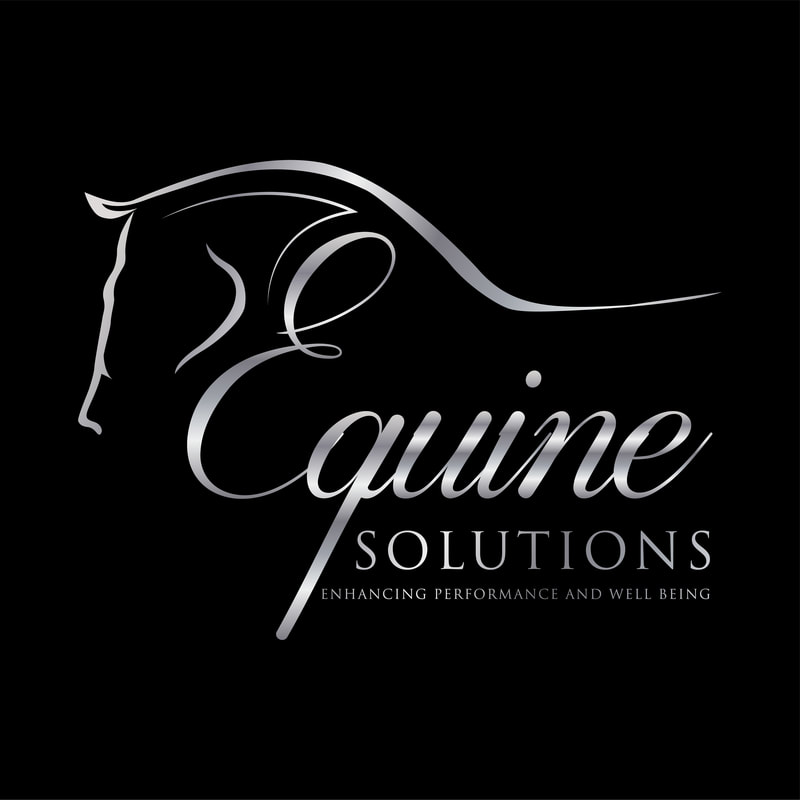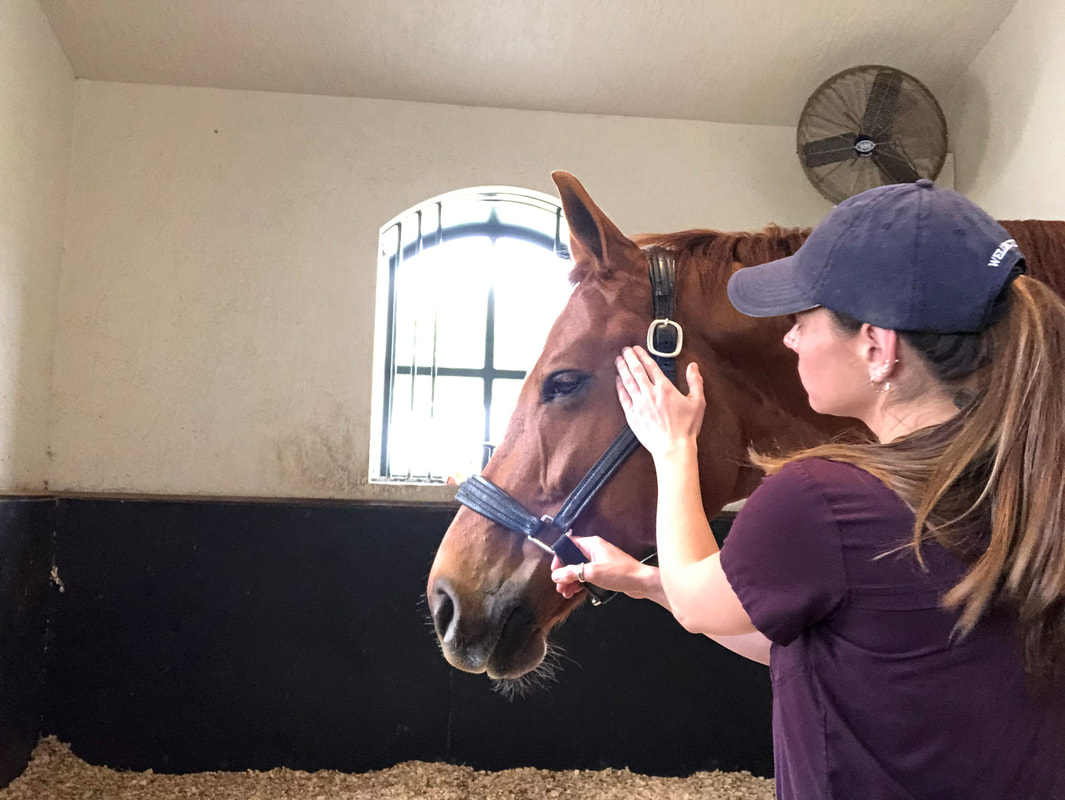 TMJ is the abbreviation for temporomandibular joint. Anatomically, it refers to an area of the cranium where the jaw, or the mandible, contacts and articulates with the temporal bone. The temporal bone is the area of the skull where the ear resides. When these bones are misaligned and not articulating properly and the surrounding tissue of the TMJ is stressed, the TMJ Mechanism is out of balance and cannot function optimally. This condition is known as Temporomandibular Dysfunction, or TMD. TMD shows up in many different shapes and sizes and cases differ in levels of severity. Horses with TMD will clearly show low levels of performance, improper gaits, uneven wear of the teeth, possible head shaking, signs of headaches, cribbing and/or various behavior problems. In some cases, even a slight protrusion in the lower jaw can be seen - the lower incisors of the mandible come behind the upper incisors of the maxilla. Any horse that has TMD will have some level of difficulty in performance. Here are a several things to notice if you think your horse has discomfort in the TMJ joint and surrounded soft tissues - Does your horse’s tongue rest between his upper teeth and lower teeth? - Does your horse drop large amounts of food? - Does he pass whole food in his manure? - Can you hear a popping and/or clicking while your horse chews? - Does your horse have difficulty flexing at the poll? - Does your horse chew more on one side compared to the other? - How does your horse hold his neck and move in leads? - How are your horses’ teeth wearing? You can also gently palpate the muscles on and around the mandible. Notice the quality of the muscles. Do they feel soft or do they feel like a rock? Does the muscle invite you in or push you out? If you think your horse may be suffering from TMD bodywork can be a great way to treat and use as preventative care. It is beneficial to first address and correct any existing 'mechanical' contributors such as hoof trimming, saddle fit, bit use, feeding practices, and dental issues. Without addressing these issues first, the results of bodywork will be limited. In addition, it is absolutely necessary to address the soft tissue and help bring balance back to the body through massage, acupuncture, myofascial release and craniosacral work, which specifically address the Stomatognathic system.
Remember to always consult with your veterinarian, equine dentist, and other qualified professionals who understand your horse, the TMJ, and TMD conditions.
0 Comments
Your comment will be posted after it is approved.
Leave a Reply. |
AuthorMeghan Brady is a equine industry professional specializing in a holistic approach for both horse and rider to enhance performance and well being. Archives
October 2023
Categories |


 RSS Feed
RSS Feed